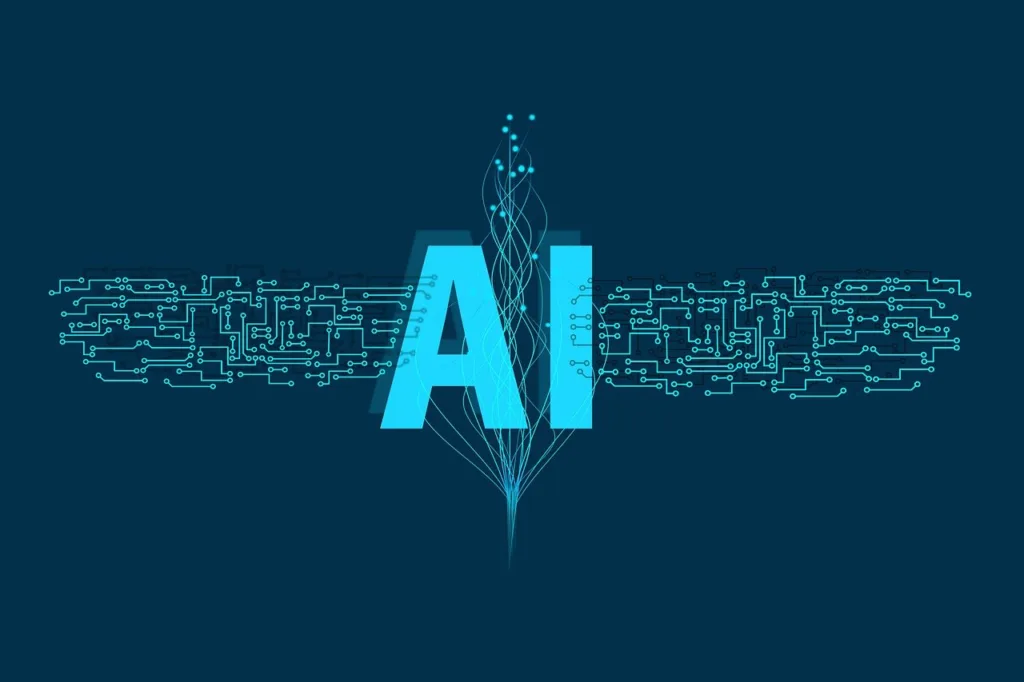A Woman, Affected by Severe Paralysis, Gains the Ability to Communicate Using Brain Signals Translated into Speech and Facial Expressions”In a groundbreaking development, a woman who suffered from the aftermath of a severe brainstem stroke for over eighteen years has gained the ability to communicate by translating signals from her brain into speech and facial expressions.
This advancement holds promise for individuals who have lost their ability to speak due to conditions like stroke or certain forms of sclerosis. The findings of this unprecedented research were published in the journal Nature.
Previously, individuals in similar situations relied on slow, letter-by-letter communication through eye tracking or limited facial movements with speech synthesizers that lacked natural communication.
The new technique employs small electrodes implanted on the surface of the brain, especially in areas related to speech, which detect electrical activity. These signals are then translated into speech and facial expressions using an Avatar. This translation includes smiles, frowns, and expressions of wonder, making the communication more natural. Scientists aimed to restore full-fledged communication.
Here’s a breakdown of the process:
The patient, Anne, a 47-year-old woman, had been experiencing paralysis for over eighteen years following a brainstem stroke. During this time, she lost the ability to speak or type, instead relying on technology that tracked her activities.
To achieve this success, the research team implanted 253 electrodes on Anne’s brain, particularly in areas associated with speech-related functions. These electrodes intercept signals from the brain that typically control the tongue, jaw, vocal cords, and facial muscles.
Once the electrodes were implanted, Anne collaborated with the team to instruct an AI algorithm specifically directed at decoding words from her unique brain signals that correlate with different speech sounds. Computers successfully identified over thirty distinct sounds, which were then converted into meaningful sentences using a language model similar to ChatGPT, tailored to mimic Anne’s former voice. Recordings of her speech from her wedding were used as a reference point to emulate her voice.
However, the development of this new technique is a stepping stone. In a test with more than five hundred words, the system exhibited an expected error rate of approximately 28.8%, which means that in conversational speech (typically 110-150 words per minute), there were around 87 errors. Nonetheless, scientists believe recent improvements expand the horizon of this technology, aiding those in need of essential communication.Professor Nick Ramsey from Utrecht University in the Netherlands, a co-author of the study, emphasized the critical leap this technology takes, moving it to a pivotal stage. As for the next significant phase, it involves developing a wireless version of the brain-computer interface (BCI) that can be implanted beneath the skull.
According to co-author Dr. David Moses, this technology has the potential to significantly impact individuals’ autonomy and social interactions by granting them more control over their computers and phones.

